Home isn’t just a place to sleep and stash your stuff anymore—it’s become a sanctuary, a workspace, a safe haven, and, for many, a place to recharge mentally and emotionally. Interior designers are tuning into this shift and leaning into décor that nurtures calm, connection, and mindfulness. The goal isn’t just style—it’s creating a space that genuinely feels good to be in. These 14 trends go beyond aesthetics, tapping into neuroscience, color psychology, and emotional well-being to help transform your space into a true retreat.
1. Earth-Toned Color Palettes
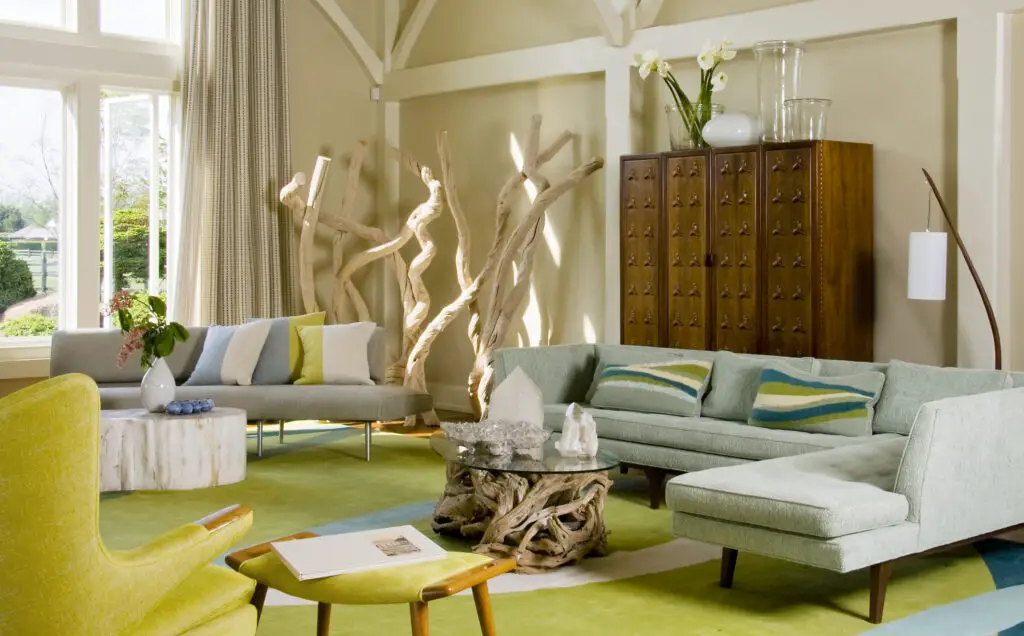
According to Martha Stewart, natural, earth-inspired hues are being embraced for their calming effects. Think sage green, terracotta, warm sand, and soft clay—colors that reflect nature and create a grounded, secure feeling. These shades are easier on the nervous system than harsh whites or cool grays. They bring a subtle coziness without overwhelming the senses.
Designers love using these tones in walls, upholstery, and even cabinetry. They help rooms feel more inviting and less sterile. Plus, they’re incredibly versatile—easy to dress up or down depending on your style. Choosing earthy tones is like giving your home a big, warm exhale.
2. Curved Furniture and Architecture
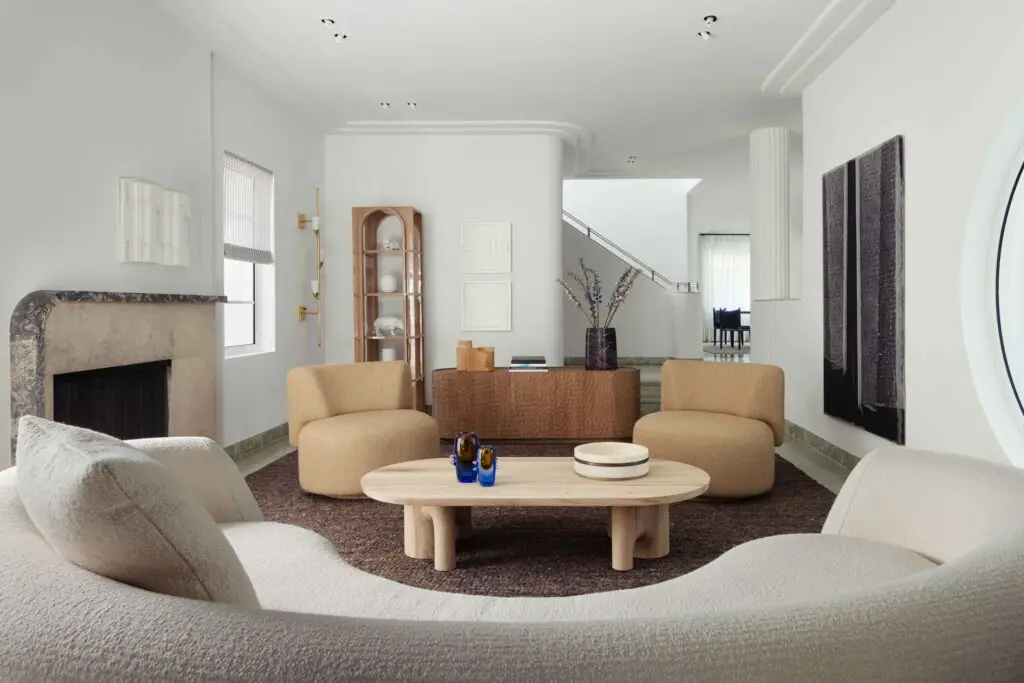
As noted by The Spruce, curvy silhouettes are taking over everything from sofas to kitchen islands. Rounded edges feel softer and more approachable than sharp corners. There’s something inherently comforting about circular and oval shapes—they invite relaxation. Biophilic designers even point out how curves mimic organic forms found in nature.
You’ll find this trend in coffee tables, arches, headboards, and even bathtubs. It’s subtle, but it shifts the emotional tone of a room from rigid to relaxed. This isn’t just style—it’s psychological safety. If your goal is to create a space that hugs you back, curves are the way to go.
3. Quiet Zones and Reading Nooks
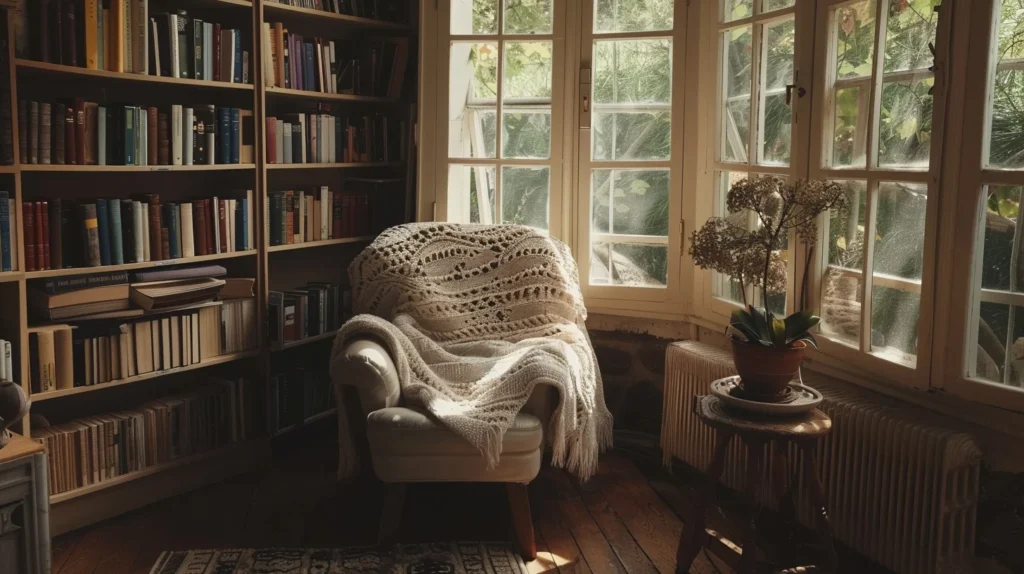
Elle Decor highlights that modern homebuyers are prioritizing peaceful corners over open concept everything. Designers are carving out space for stillness: cozy reading nooks, window benches, or little armchairs in quiet corners. These aren’t just pretty—they give you a dedicated place to slow down and unplug. Even in small apartments, a corner with soft lighting and a comfy chair can feel like a personal retreat.
Creating one tells visitors—and yourself—that rest matters. These zones also help with mental boundaries, especially when working from home. It’s your permission slip to take a break. And who wouldn’t want that?
4. Natural Materials and Textures
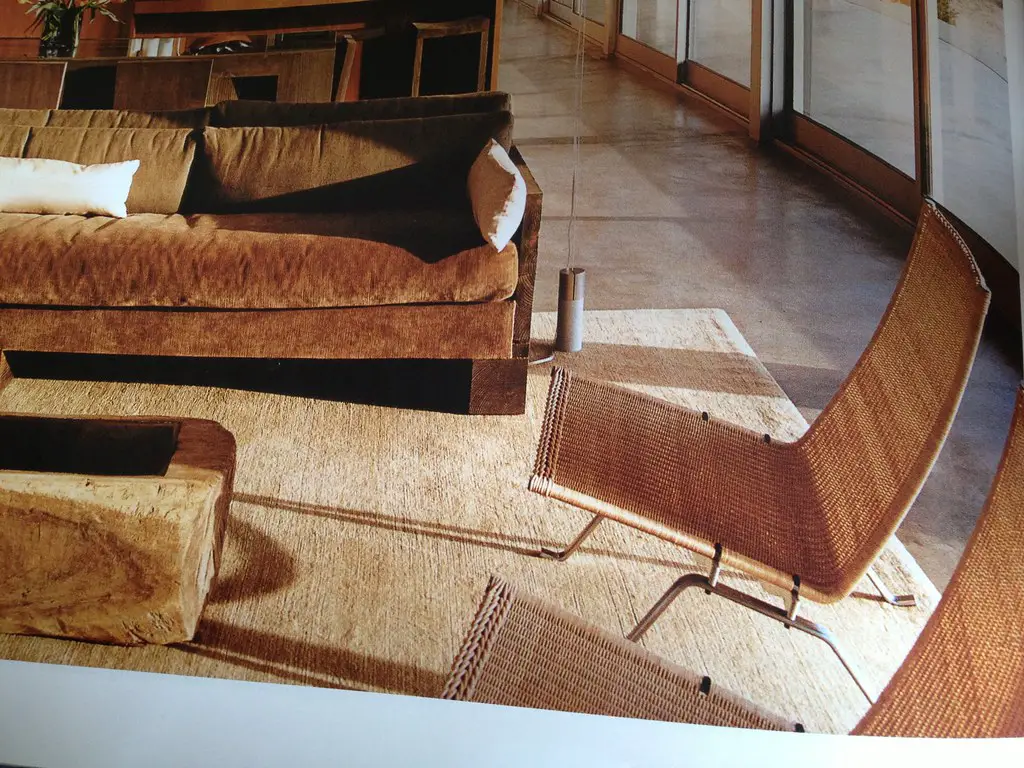
As mentioned by Decorilla, using natural materials like wood, linen, clay, and wool is a growing design trend for good reason. These materials bring tactile warmth and sensory grounding to a space. Textures like rattan, jute, and boucle create layers that feel authentic and human. Even a simple wool throw or a wooden tray can help you feel more rooted.
Designers are shifting away from high-shine surfaces in favor of matte and organic finishes. It’s not just about the look—it’s about how the space makes you feel. When you surround yourself with nature-inspired textures, you subconsciously relax. This trend is all about feeling more connected—to your space and yourself.
5. Layered Lighting

Overhead lighting alone can make a room feel cold and clinical, which is the opposite of retreat vibes. Layered lighting—using a mix of lamps, sconces, candles, and dimmers—lets you control the mood. It brings softness and intention to your environment, encouraging relaxation and presence. This isn’t just a style trick—it’s a mental health one.
Designers often recommend warm bulbs in the 2700K range for the coziest glow. The right lighting can reduce overstimulation, improve sleep rhythms, and even impact mood. So if your space feels “off,” try adjusting the lights first. It might be the easiest fix on this list.
6. Intentional Clutter Reduction
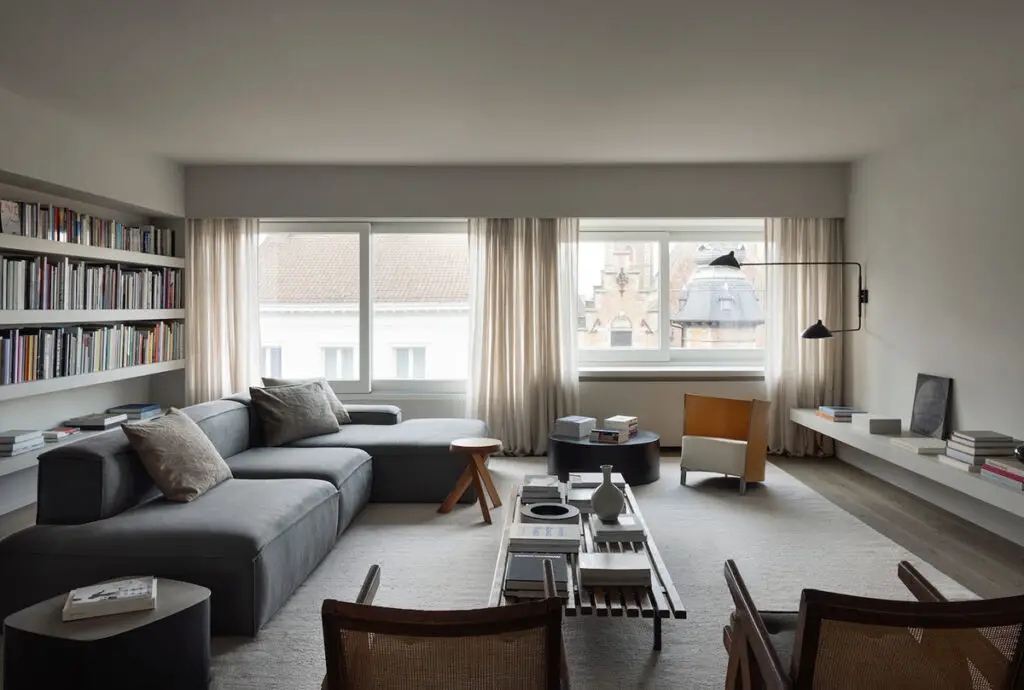
While minimalism can sometimes feel cold, the current trend leans toward warm minimalism—intentional spaces with fewer, more meaningful objects. This isn’t about perfection or empty countertops; it’s about reducing visual chaos. Decluttering is linked to reduced cortisol levels and increased focus. Even small changes, like a designated drop zone or a hidden storage basket, can create mental ease.
Designers suggest keeping only items that bring joy, serve a purpose, or spark a positive memory. It’s less about rules and more about emotional clarity. A tidy space doesn’t have to be sterile—it can still feel lived in and loved. But it gives your brain fewer things to process, and that’s a relief in today’s overstimulated world.
7. Indoor Plants (Lots of Them)
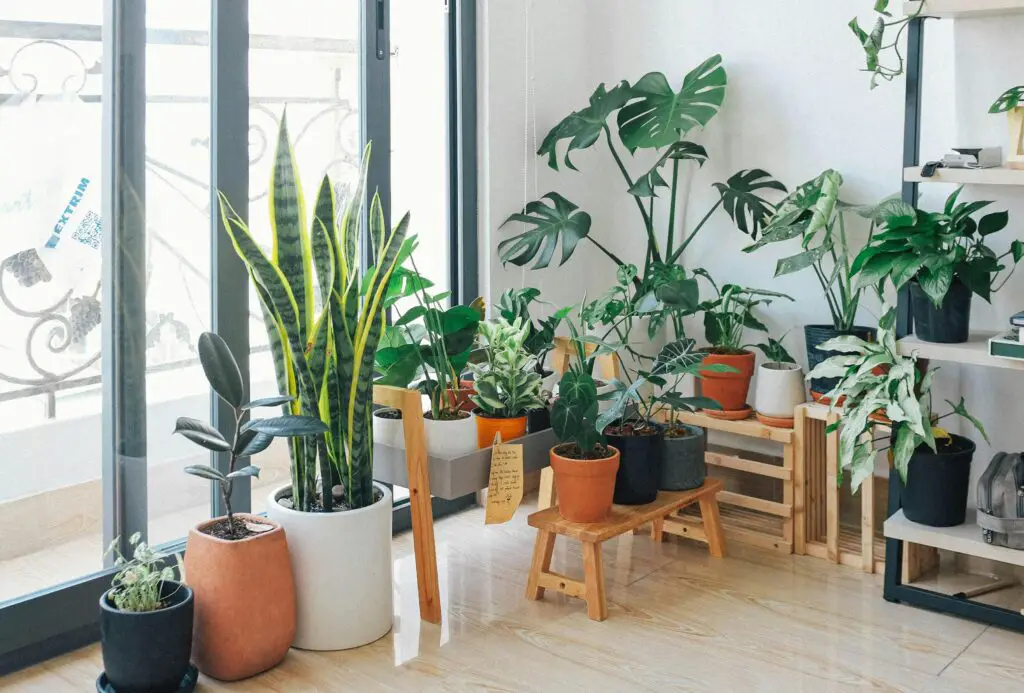
It’s no surprise that plants made the list—research continues to show their calming benefits. They improve air quality, reduce stress, and even support better focus and productivity. Designers are adding greenery to every room, not just the windowsill. Whether it’s a trailing pothos, a fiddle leaf fig, or a low-light snake plant, it brings life to your space—literally.
The visual softness of plants balances hard lines in furniture and architecture. Tending to them can also be a small, satisfying mindfulness practice. You don’t need a jungle—just a few healthy greens. And even faux plants, when done well, can give off the same cozy effect.
8. Soundscaping and White Noise

Sound design isn’t just for spas anymore—it’s making its way into residential interiors, too. Designers are incorporating soundscaping with soft ambient music, indoor fountains, and even white noise machines. These elements reduce outside distractions and offer a cocoon-like sense of privacy. It’s particularly helpful in open-plan homes or city apartments.
It might sound small, but consistent background sound creates a sense of rhythm and calm. Some homeowners are even integrating audio into built-in shelving or hidden speakers. The goal? To soothe your nervous system with sound, just as much as with sight or touch. It’s one more layer of serenity.
9. Scent-Focused Design
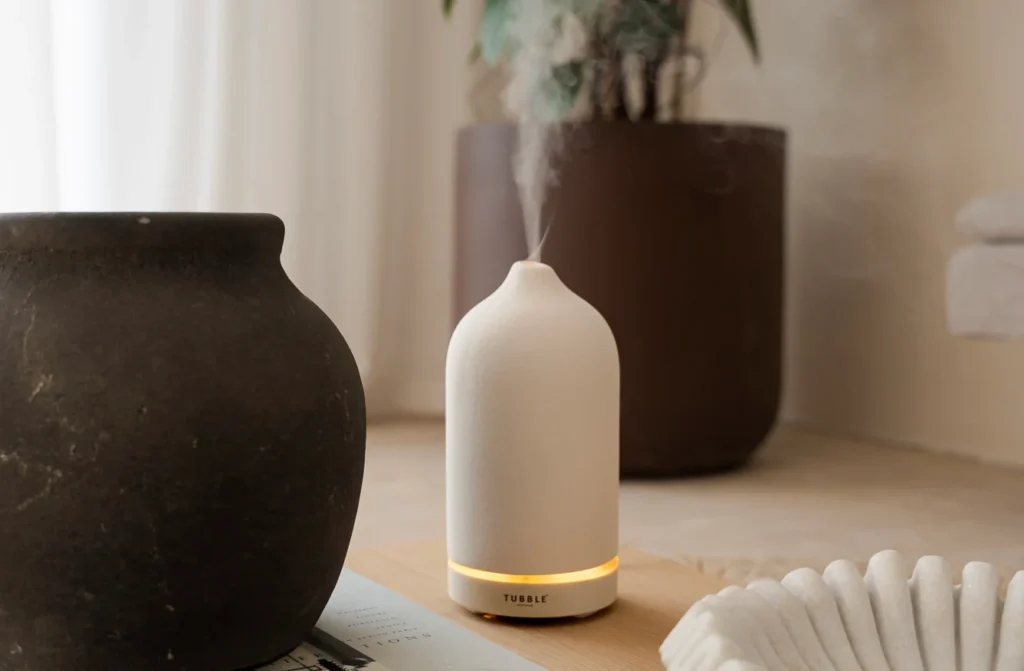
A calming home isn’t just visual—it’s multisensory. Designers are leaning into scent as a key part of the experience, using essential oil diffusers, palo santo, beeswax candles, and incense. Different aromas can stimulate relaxation (lavender, sandalwood), clarity (eucalyptus), or joy (citrus). It’s not about overpowering fragrance—it’s about subtle support.
Homes that smell good feel cared for. And scent has one of the strongest links to memory and emotion, so it plays a deeper role in mood than most realize. Incorporating scent into your décor—like a beautiful ceramic diffuser—is an easy upgrade. It’s the unsung hero of mental wellness at home.
10. Statement Art with Calming Intent
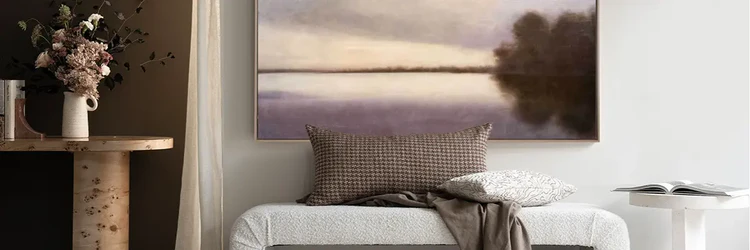
Instead of just hanging any old canvas, designers are choosing artwork that evokes peace, nostalgia, or joy. Think abstract pieces with soft color gradients, landscapes, or even photography that reminds you of a happy place. Art influences mood more than people realize—it becomes a focal point your mind returns to again and again. So choosing intentionally matters.
You don’t need to spend a fortune, either. Etsy, Society6, and local makers offer plenty of options. This trend isn’t about matching your sofa—it’s about supporting your emotional state. What you hang on your walls matters as much as what you place on your shelves.
11. Personal Altars or Meditation Spaces

Even in the smallest apartments, designers are carving out space for quiet rituals—whether it’s meditation, prayer, journaling, or gratitude. These aren’t religious unless you want them to be—they’re just grounded, sacred corners. It might be a small table with a candle, a favorite photo, and a notebook. Or it could be a meditation cushion tucked into a sunny nook.
The idea is to create a dedicated space that says, “this is just for me.” When you see it every day, it becomes a visual cue for calm and intention. It doesn’t need to be big to be powerful. And more designers are encouraging clients to make space for inner work in their outer environments.
12. Organic Shapes in Décor and Accessories
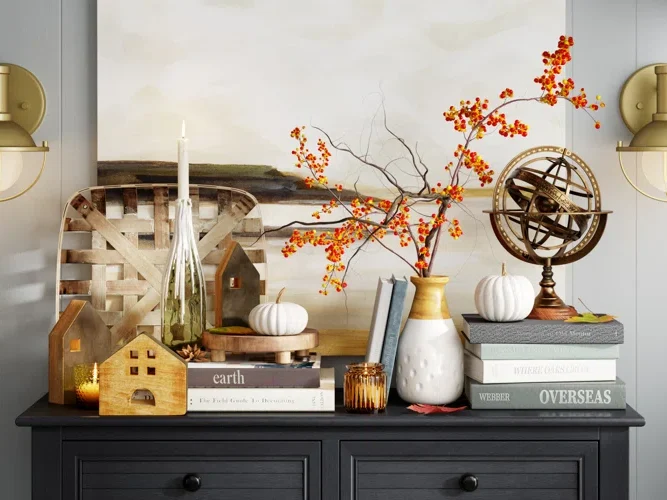
Just like curved furniture, smaller décor items with soft, organic lines can make a room feel more nurturing. Think vases that look hand-thrown, asymmetrical mirrors, or bowls that feel like they came from nature. These shapes feel approachable, imperfect, and alive—counterbalancing the rigid rectangles of screens and furniture. They also create visual flow, guiding your eye gently across a space.
Designers often recommend mixing textures and shapes for a more soulful, human feel. Even something as small as a pebble-shaped candleholder can shift the tone. These little details add up to a space that feels less like a showroom and more like a sanctuary. It’s about embracing the beauty of imperfection.
13. Upholstered Headboards and Cozy Bedding
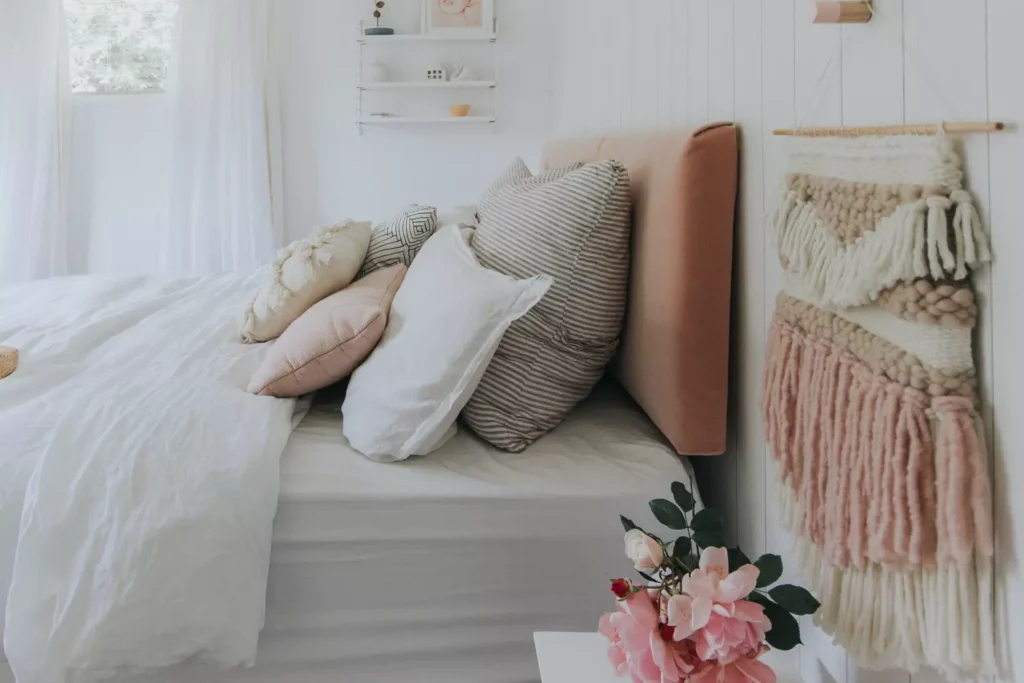
Sleep is at the center of good mental health—and your bedroom should reflect that. Upholstered headboards are trending because they create a soft, padded feeling that’s both physical and emotional. Paired with plush bedding, soft sheets, and layered throws, they turn your bed into a true retreat. It’s more than aesthetics—it’s sleep hygiene.
Designers are encouraging clients to treat the bed like the centerpiece of self-care. That means splurging on what makes you feel supported, rested, and safe. No flashy patterns, just tactile calm. A thoughtfully dressed bed is a personal comfort zone—one that invites you to rest well.
14. Open Shelving with Purpose
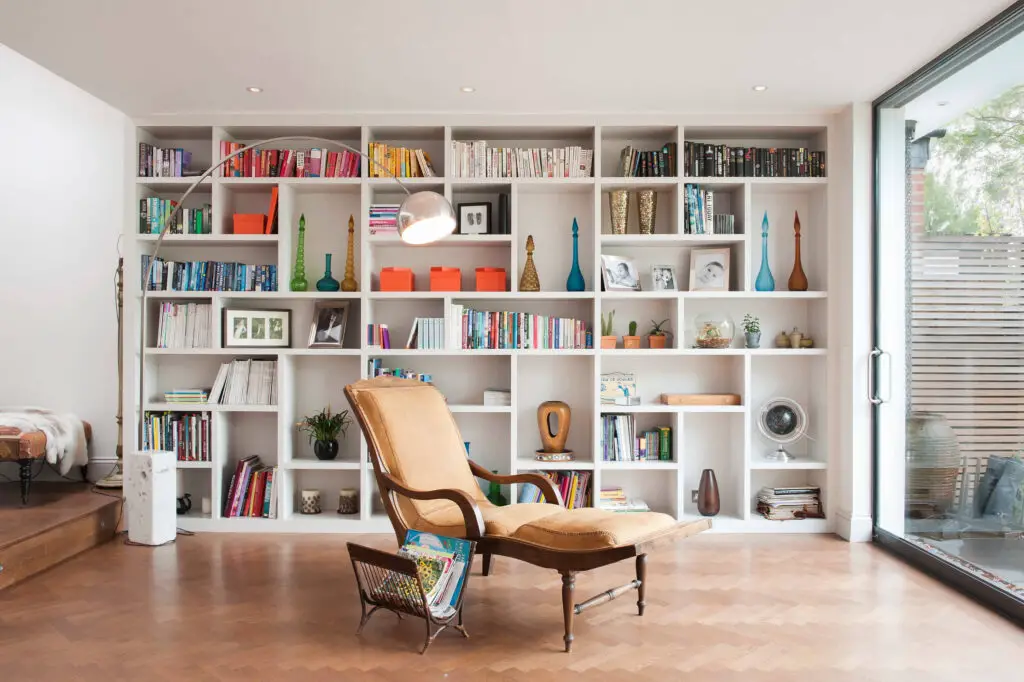
Open shelving used to be all about showing off your prettiest dishes or plants. Now, it’s being used with more mindfulness—curated with personal objects, inspiring books, and meaningful treasures. This trend encourages you to surround yourself with things that bring joy and clarity. It’s like visual journaling.
Designers recommend leaving space on these shelves—don’t overcrowd. That empty space is just as calming as the items you choose. It’s the balance between beauty and breathing room. And when done well, it’s one of the most personal and grounding design statements you can make.
